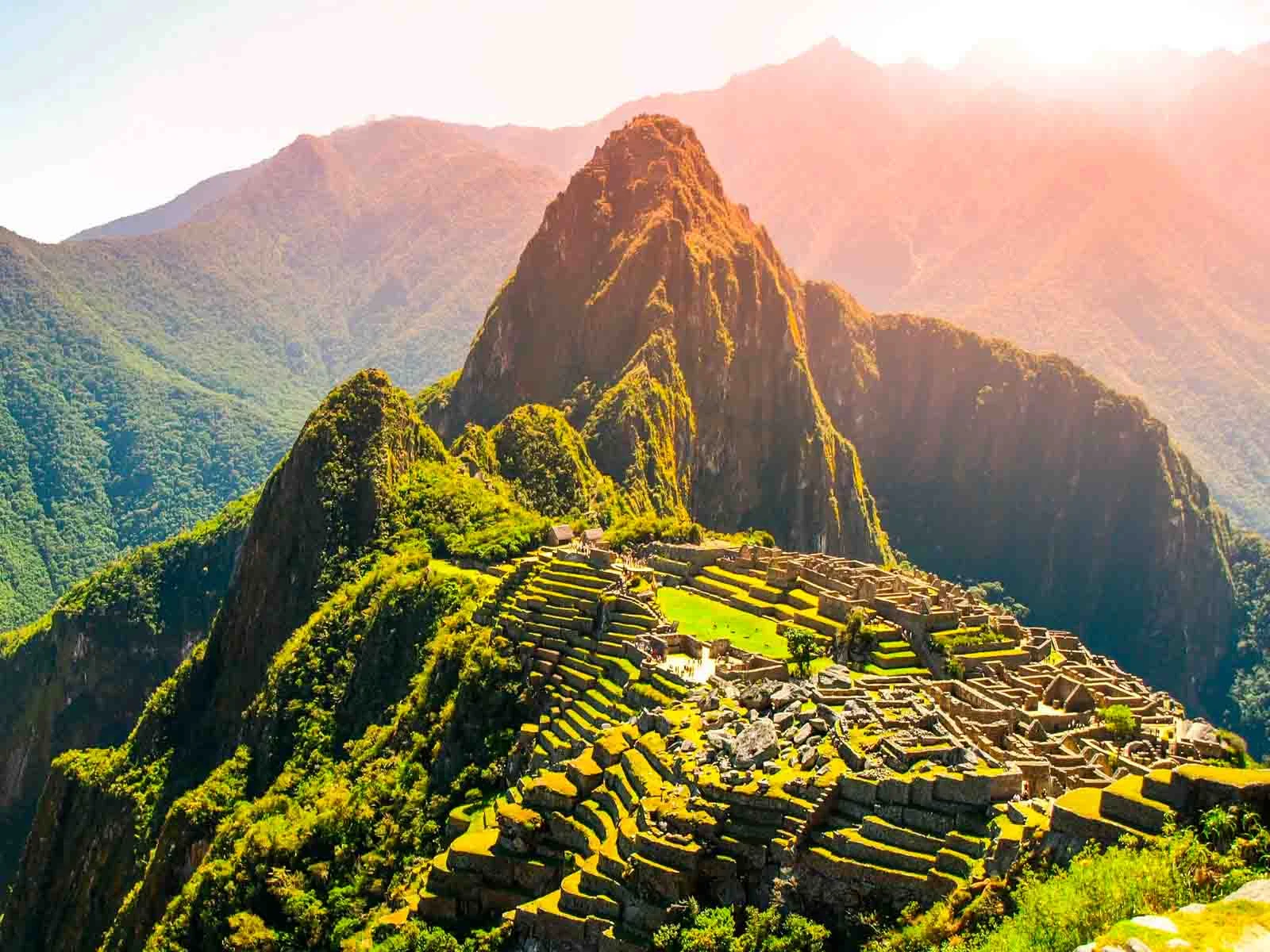
How to Choose the Right Machu Picchu Route—and Secure Tickets | Travel News
If you're planning to visit Machu Picchu, be prepared for a more complex ticketing process aimed at managing crowds and protecting this UNESCO World Heritage Site. In an effort to mitigate the impacts of overtourism, the ticketing system has undergone changes, moving from a free-for-all access model to a timed-entry system organized into specific routes.
Since 2017, visitors have had to choose from set circuits that allow access to designated areas of Machu Picchu. As of June, the Ministry of Culture has introduced ten new route options, catering to diverse interests and fitness levels. While this offers more tailored experiences, it adds to the confusion for those trying to secure tickets, which often sell out.
Three main circuits are available:
1. Panoramic Circuit: This circuit emphasizes stunning views and photography opportunities, offering four sub-routes, including access to Machu Picchu Mountain and Inti Punku Gate. Routes vary in difficulty and duration, from easier paths to challenging climbs.
2. Classic Circuit: Seen as the most complete option, this circuit allows visitors to experience both an iconic viewpoint and the archaeological site itself. It features two sub-routes that lead to essential locations within Machu Picchu.
3. Royalty Circuit: This circuit focuses on the most sacred structures associated with Inca royalty. With four sub-routes, it includes access to significant sites like the Temple of the Sun and the House of the Inca, as well as options for climbing Huayna Picchu or Huchuy Picchu mountains.
Despite these new offerings, many tour operators still recommend the Classic Circuit for first-time visitors. Other routes appeal to specific groups; for instance, families with children should avoid high-difficulty climbs, while those with mobility issues may prefer the least demanding route.
The changes aim to help with conservation, as Machu Picchu has long suffered from the effects of overtourism, drawing around 1.5 million visitors annually. Recently, the government increased the daily visitor cap from 4,044 to 5,600 during peak seasons, sparking concern about potential congestion. While the new routing system has been effective in dispersing visitors, experts warn that simply increasing the number of visitors could negate conservation efforts.
For purchasing tickets, it’s recommended to book in advance through the new Ministry of Culture website, which offers maps and videos of the routes. On-the-spot tickets are limited, and only a small number are sold in person at the cultural center in Aguas Calientes. Ticket prices range from $40 to $53, with discounts for children and students. Additionally, bus tickets to the site can be bought separately, or visitors can opt to hike from Aguas Calientes, which takes 1-2 hours depending on fitness.
Check Our Suggested Tours:
- Peru By Belmond Tour
- From the Heart of the Jungle to the Sacred Mountain: A Luxury Expedition Through the Amazon & Ausangate 16d/15n
- Honeymoon In Peru - Peru Honeymoon Packages
- Family Adventure Tour
- Following the Path to the Sacred Sun Gate
- The Soul of Two Worlds: A Grand Amazon & Andes Expedition 14d/13n
